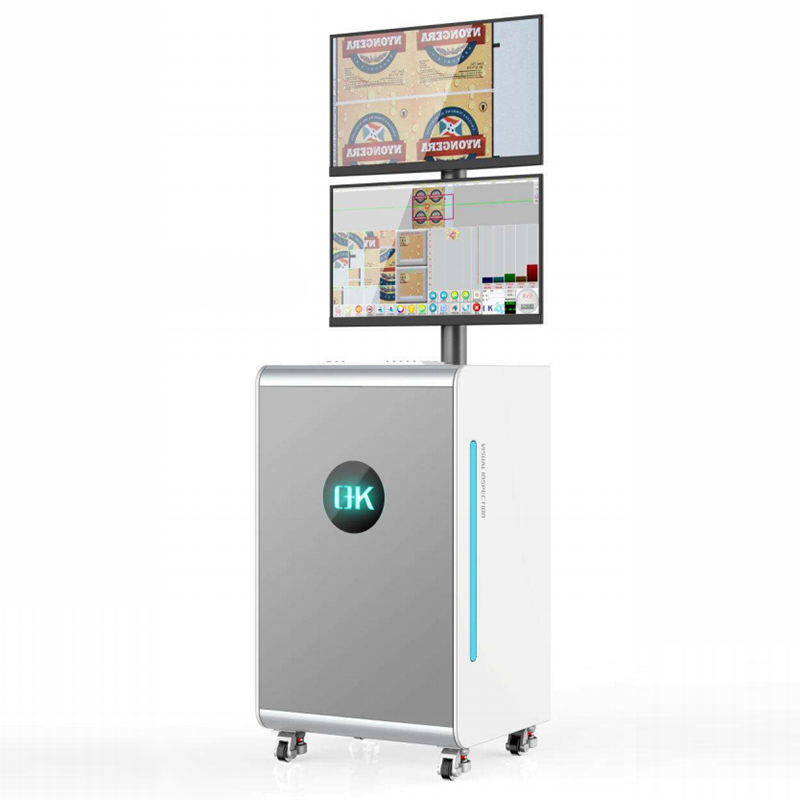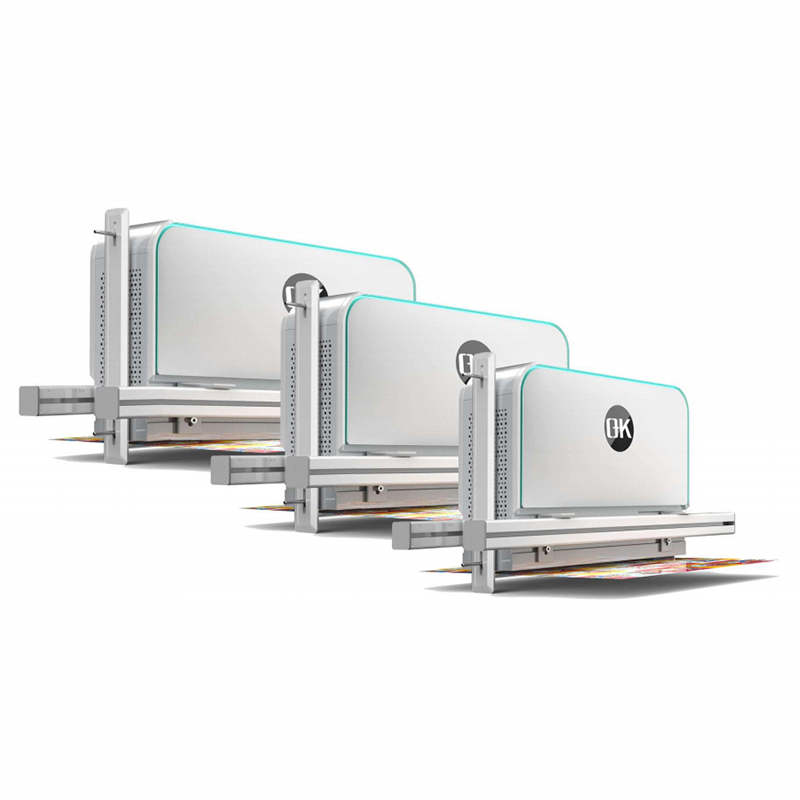The evolution of real-time video analysis has emerged as a pivotal tool in web inspection systems, revolutionizing product quality assurance, minimizing faults, and enhancing overall manufacturing efficiency. This article delves into the importance of real-time video analysis in web inspection systems, its impact on quality control, and the anticipated future developments that will shape its role in modern industrial processes.

Understanding Web Inspection Systems:
Web inspection systems are integral to various industrial sectors, including printing, packaging, textiles, and paper manufacturing. These systems track and analyze materials, commonly referred to as the "web," as they progress through the manufacturing process. Traditional manual inspection methods were not only time-consuming but also susceptible to human error. Real-time video analysis in web inspection systems has overcome these challenges by providing automated, swift, and accurate inspection capabilities.
Future Trends and Developments in Real-Time Video Analysis for Web Inspection Systems:
Advancements in Artificial Intelligence (AI) and Machine Learning (ML):
The future of real-time video analysis lies in the refinement of AI and machine learning algorithms. This progress will significantly enhance defect detection accuracy and efficiency as these algorithms become more sophisticated and adaptable. Continuous learning capabilities and adaptability to evolving production environments will be key focus areas.
Integration with Industry 4.0 and Smart Manufacturing:
Anticipated seamless integration with Industry 4.0 initiatives and smart manufacturing concepts will enable real-time communication between web inspection systems and other components of the manufacturing process. This interconnectedness will foster a more responsive and integrated production ecosystem.
Edge Computing for Enhanced Speed and Efficiency:
The adoption of edge computing will become more widespread, allowing real-time data processing and analysis directly on the production line. This shift towards edge computing will minimize latency, facilitating quicker decision-making and immediate corrective actions in response to detected defects.
IoT Connectivity for Comprehensive Monitoring:
The Internet of Things (IoT) will continue to play a pivotal role in web inspection systems. Increased connectivity with IoT devices will provide comprehensive monitoring capabilities, enabling manufacturers to collect and analyze data from various points in the production process. This data-driven approach will contribute to predictive maintenance and proactive quality control measures.
Enhanced Imaging Technologies:
Continuous advancements in imaging technologies, including high-resolution cameras and hyperspectral imaging, will enhance the ability of real-time video analysis to gather detailed and nuanced information. This will be particularly crucial in industries with stringent quality standards, such as pharmaceutical and electronics production.
Augmented Reality (AR) for Maintenance and Training:
The utilization of augmented reality will extend beyond the production line to maintenance and training. AR interfaces can offer real-time information to maintenance personnel, such as equipment health status and troubleshooting guides. Additionally, AR can be leveraged for training purposes, providing immersive and interactive experiences for operators.

Cloud-Based Solutions for Scalability:
Cloud-based solutions will enhance scalability and accessibility. Manufacturers can utilize cloud computing to store and analyze vast amounts of data generated by online inspection systems, enabling centralized management, remote monitoring, and data-driven insights.
Robotic Integration for Automated Handling:
Integration with robotic systems will facilitate the automated processing of items identified as problematic by web inspection tools. This seamless synchronization of inspection and handling procedures will enhance efficiency and reduce dependence on manual intervention.
Cybersecurity Measures:
As web video inspection systems become increasingly interconnected, robust cybersecurity measures will be imperative. In the face of emerging cyber risks, safeguarding sensitive production data from unauthorized access and maintaining the integrity of the inspection process will be crucial.
Conclusion:
Real-time video analysis has not only transformed web inspection systems but has also provided manufacturers with an effective tool for ensuring product quality, improving efficiency, and minimizing defects. As technology advances, the integration of real-time video analysis with other cutting-edge technologies will further enhance the capabilities of web inspection systems, shaping modern production processes. Embracing these advancements will be paramount for organizations seeking to remain competitive and deliver high-quality products in today's dynamic industrial landscape.










Comments (0)